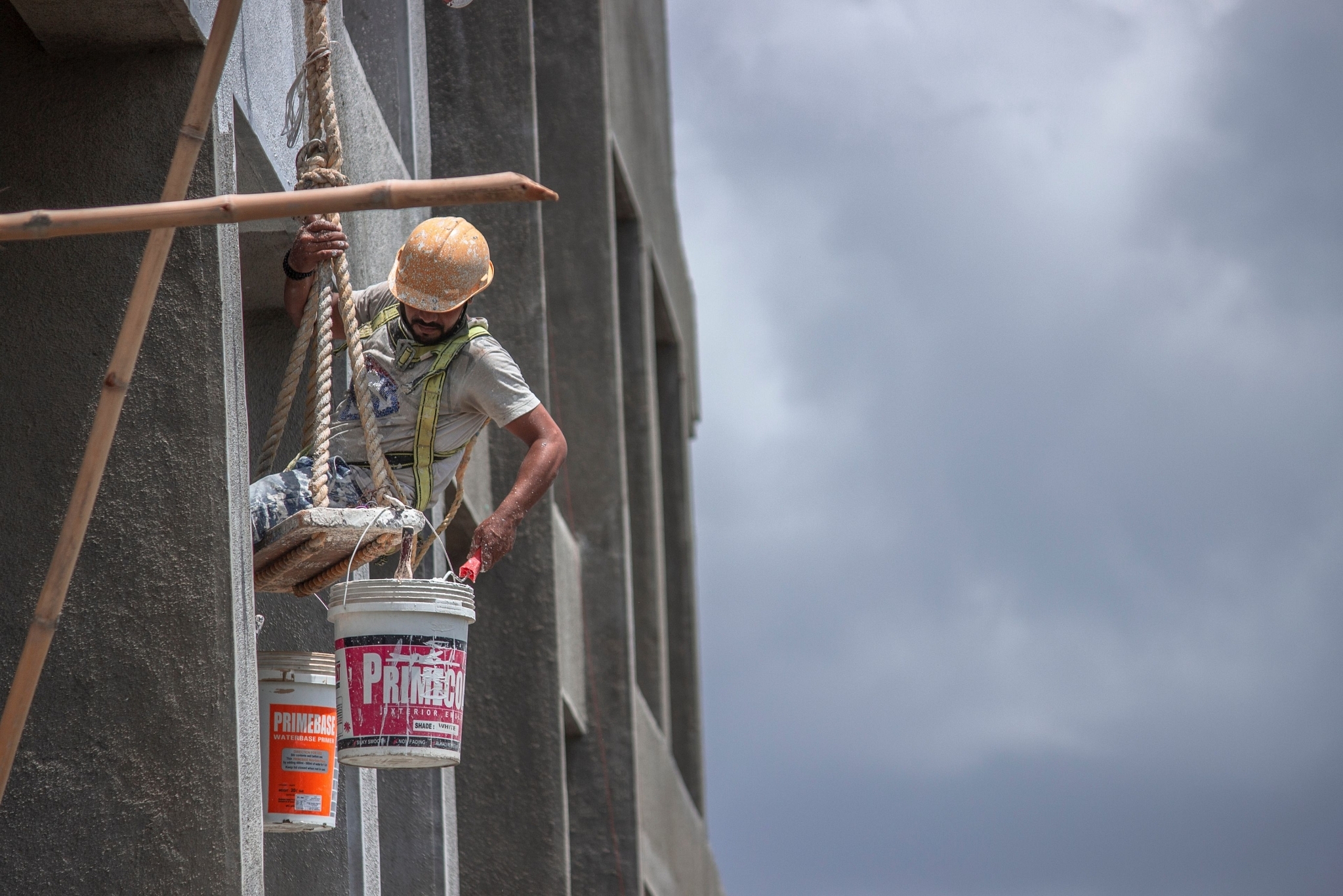Economy
Understanding The Q3 GDP Numbers
- Numbers suggest that India has managed to get out of recession.
- Only three sectors are witnessing a contraction at present and they pertain to mining (and quarrying), contact services (trade, hotels, transport etc.) and public administration, defence and other services.

Representative image (Unsplash)
The NSO released the second advanced estimates for FY 2020-21 along with the Q3 growth figures on Friday.
With these estimates, it has become clear that the economy finally turned positive in the third quarter of the fiscal year.
The Gross Value Added increased by one per cent while the GDP increased by a modest 0.4 per cent.
In nominal terms, GVA increased by 4.3 per cent while GDP increased by 5.3 per cent.
At the onset, I must state that my forecasts were a lot more optimistic as I expected growth to be between 1.5-2.5 per cent due to the significant recovery in GST collections along with other high frequency indicators. T
hat the growth was not as significant suggests that the pace of economic normalisation has slowed – and this was bound to happen, however, the sense was that this moderation would happen spread over the third and fourth quarter.
There are two other important points to note; first is that the first revised estimates puts the economic contraction at 8 per cent which is higher than the 7.7 per cent as per the first advanced estimates. The reason behind this could be the relatively slow growth during the third quarter of the present financial year.
The second important point pertains to the GVA estimates for Public Administration, Defence and Other Services which has consistently contracted in the present fiscal year.
The first quarter saw a contraction of 9.7 per cent followed by a contraction of 9.3 per cent in Q2 and 1.5 per cent in Q3 compared to the same quarter in previous year.
Thus, the figures indicate that to a great extent public expenditure has increased on a quarter-to-quarter basis. This is again something that was bound to happen as lockdowns and mobility restrictions were eased. However, compared to Q3 in the preceding year, the expenditure is still lower. This reinforces the point about the recovery largely being led by India’s private sector.
In terms of sectoral composition, it is interesting to note that agricultural sector has managed to do well by registering a growth of 3.9 per cent in Q3. This is after a 3.3 per cent growth rate in Q1 and 3 per cent growth rate in Q2.
Manufacturing sector too has done well as it contracted by 1.5 per cent in Q2 but in Q3 it grew by 1.6 per cent.
In electricity, gas, water supply and other utility services, India saw a 7.3 per cent growth in Q3 while construction saw a growth of 6.2 per cent in Q3 as against a contraction of 7.2 per cent in Q2.
Trade, hotels, transport, communication and services related to broadcasting managed to contract by 7.7 per cent in Q3 compared to a contraction of 15.3 in Q2.
This indicates that even for contact services things are improving. Finance, real estate and professional services too managed to grow at 6.6 per cent in contrast with a contraction of 9.5 per cent in Q2.
Therefore, there are only three sectors that are witnessing a contraction at present and they pertain to mining (and quarrying), contact services (trade, hotels, transport etc) and public administration, defence and other services.
India has managed to contain the economic contraction and get back to a situation where we can experience a positive growth compared to the previous year; next step will be to accelerate the growth process and recover as much of lost output as possible within the next two financial years.
Introducing ElectionsHQ + 50 Ground Reports Project
The 2024 elections might seem easy to guess, but there are some important questions that shouldn't be missed.
Do freebies still sway voters? Do people prioritise infrastructure when voting? How will Punjab vote?
The answers to these questions provide great insights into where we, as a country, are headed in the years to come.
Swarajya is starting a project with an aim to do 50 solid ground stories and a smart commentary service on WhatsApp, a one-of-a-kind. We'd love your support during this election season.
Click below to contribute.
Latest